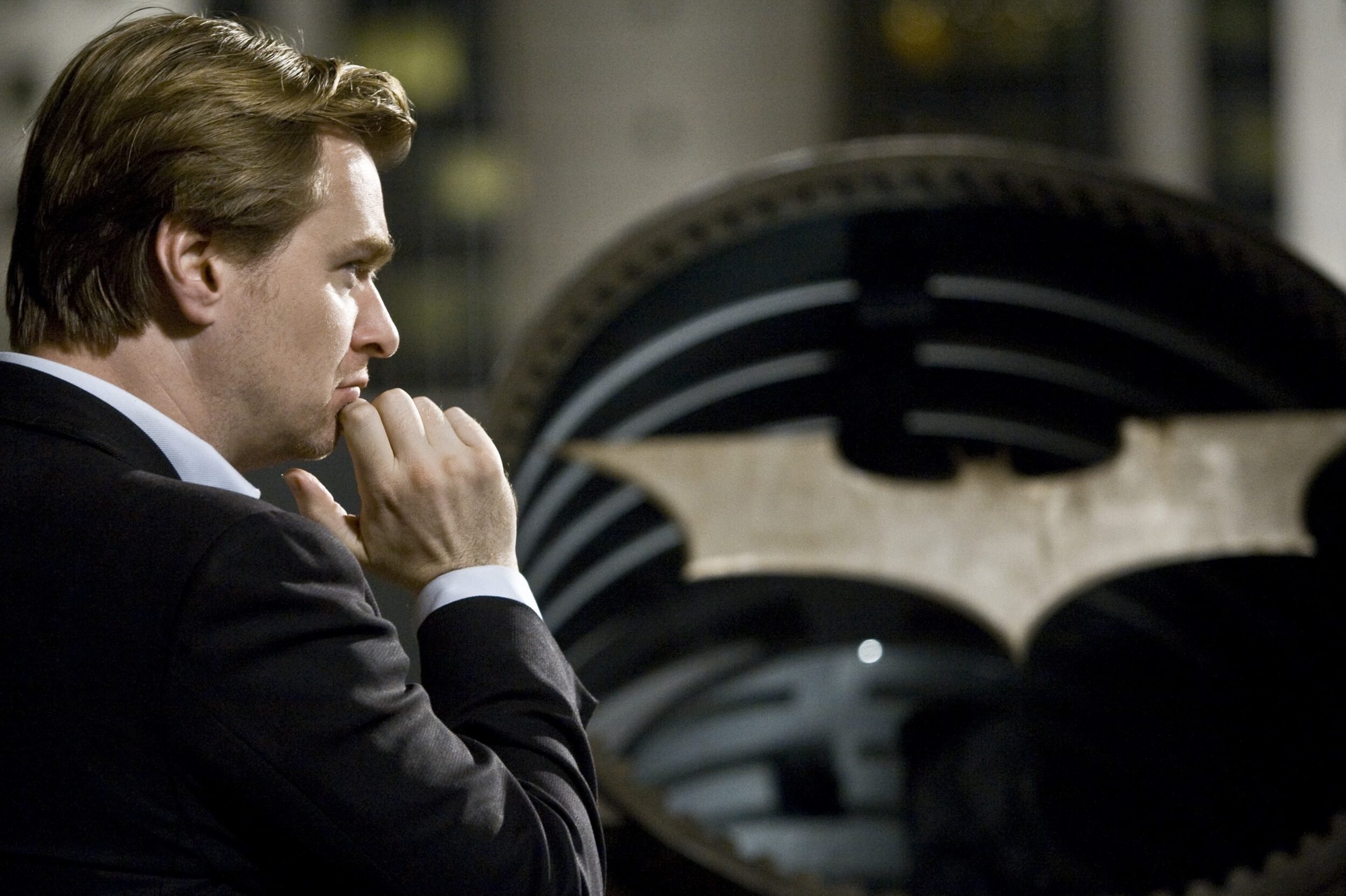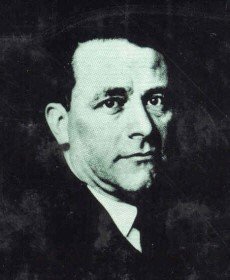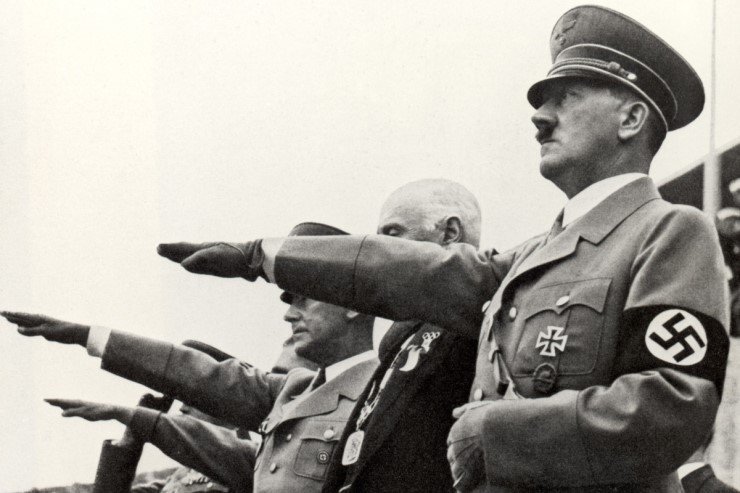Batman Begins - A Trauma-Proof Suit
It might be inappropriate to say that Christopher Nolan refined graphic novels as art. That kind of praise should be given to Neil Gaiman, Frank Miller, and Ellen Moor. However, it is certain that Christopher Nolan not only resurrected Batman movies-- which Joel Schumacher had thoroughly ruined -- but also blazed a trail for hero genres by mobilizing some aspects of classic literature.
Although Batman Begins wasn't a huge box office success, it gave rise to the resurrection of Batman movies and received an enthusiastic welcome from the audience in America. Personally, Batman Begins is far better articulated than Dark Knight Rises with humble and honest images. Combined with the film noir style of Michael Mann and Frank Miller's Dark Knight Returns, Nolan's Batman reflects the current America, which has become a monster during its war on terrorism. While countless pseudo-Dark Knight-ish hero movies are struggling to copy the film's serious mood, the political situation that gave birth to the story of this depressed hero is still relevant to our lives today.
A man haunted by his trauma -- this cliche of Christopher Nolan's aesthetic also has a vital role in Batman Begins. Bruce Wayne is overwhelmed by the survivor's guilt of his parent's death, hatred of crime, and fear of bats. However, meeting Ra's al Ghul gives him a purpose in life. Bruce returns to Gotham, taking to heart Rachel's saying: "Vengeance is for personal satisfaction while justice for harmony," and becomes a vigilante for justice. Heavily affected by his trauma, Bruce wraps himself with a $300,000 Nomex Kevlar suit and drives an Armoured Vehicle-Launched Bridge that the DOD refused to deploy. His will to make a symbol of justice produces Batman and the criminals of Gotham rush to hide from this night demon. So far, the film isn't that different from former hero movies.
Then Gotham starts to generate a meaningful discourse. In Tim Burton's Batman movies, Gotham was a cartoonish world, an imaginative city where unreal things happen. The city was a separate space from the real world outside of the theater. On the contrary, Nolan creates a Gotham with the real skyscrapers of Chicago and a bit of CGI. It's irresponsible to say that this probable Gotham results from Nolan's obsession with reality in cinema. Realistic Gotham clearly functions as the west in western films did a long time ago, a virtual stage that embodies America. At this stage, an actor with many names, from libertarianism to the American dream, plays out his vigilante justice.
On top of this, Batman Begins accepts the concept of the ironic hero that V for Vendetta once brought up. Former Batman movies had corporeal, physical villains. Batman could crush their bones and knock them down with his fists. No matter what they were, Penguin or Joker, once Batman beat them down, Gotham found peace. Until the scene where Batman captures the mob boss Falcone, it seems the movie is repeating the similar cliche of its predecessors. However, as the forces behind Falcone and Scarecrow reveal themselves, the narrative enters a new phase. It can never be overemphasized enough to point out what Nolan’s villain aims. The purpose of The League of Shadow and Ra's al Ghul is to destroy not Batman but Gotham.
Chemical gas injects fear into every corner of Gotham, and people who have lost their minds trample each other. This is the exact model of supranational terrorism that was pioneered by Ayatollah Khomeini. Those who can't stand against powerful nations with traditional weapons have always figured out a new way. The tunnels of Vietnam were the weapon in the past; IED suicide bombs and hijacking are what America faces now. In the post-9.11 era, the US has been struggling with a new enemy: terrorism. This enemy is not a nation they can destroy with their traditional military power. The enemy, which neither Tomahawk nor ATP could kill, swept the mainland with commingled shock and fear, and the virtues that had been cherished started to fall. To hunt this wolf pack chaos, America began to reform its political construct and ushered in a blood thirst tiger. It seems that Nolan's approach to Batman becomes clear at this point. This unstable hero, born to suppress hatred and trauma, turns out to be the empowered national sovereignty.
Ever since the Westfalen, sovereignty has been a power of nations. Carl Schmitt, however, defined a sovereign as ‘the one who proclaims a state of exception’ and extended this concept to save the Weimar republic after World War I. Schmitt conceived of the law as a nation itself, and when the nation is threatened, someone should protect it. Therefore, sovereignty anthropomorphizes itself into a sovereign and places itself off the mandate of law. To eliminate threats and stabilize the endangered nation, the sovereign could proclaim a state of exception at his discretion.
When a state of exception is proclaimed, the separation of powers between three branches of the government no longer works. He can legitimate any law that he thinks is necessary to finalize the nationwide state of emergency. Theoretically, the concept of a sovereign was made to rescue the endangered Weimar republic, but ironically, the one that used this concept and terminated the republic for good was Adolf Hitler. Caesar's justitium., Hitler, Mussolini, and George Bush -- all those sovereigns who proclaimed a state of exception -- legitimated laws themselves and got rid of any resistance from other branches.
Along with the old but always accurate quote, ‘absolute power corrupts absolutely, Giorgio Agamben revealed that in modern politics, the state of exception had become one of the political measurements, one of the options that government 'can choose to use.' Ever since 9/11, George Bush, who became a sovereign, has mobilized this option and normalized producing homo sacers. Under the Patriot Act, citizens were subjected to phone taps by their government, and suspects in Guantanamo could be tortured when they were suspected of being terrorists. All of these extralegal actions were regarded as necessary measures. As Schmitt said, the sovereign on the throne became a pre-given condition for a law to go unquestioned.
Once a sovereign wields its power, people begin to consider this abnormal state as a methodology of general politics, even, to some degree, as a heroic act. Nolan's Batman embodies this irony. The consistent image of Batman standing at the top of the building, looking down at the city, seem to be a metaphor for an omnipotent power that encompasses life and death. He defines the current situation in Gotham as a state of exception and stands outside the laws as the vigilante. No social or legal system can stop him. Judging good and evil, penalty level, and legal certainty rests on Batman, at the sovereign's discretion. His tumbler grinds on the road, shattering everything that gets in its way, and ends up on the city's rooftops, outside the traffic system, so that no police force can track it down. Just as the sovereigns in history operated outside jurisdictional systems, this invincible power has no limit. All these images link Nolan's Batman to the normalization of sovereign politics, a tiger that Americans crowned to get a wolf.
The scene where Rachel tries to protect a child shows the judicial system helpless and suspended due to the sovereign. Even as the child is held by the prosecutor of Gotham, he keeps saying that Batman will come for him. As he predicted, Batman makes a heroic appearance and rescues Rachel and the child. However, in the next scene, the audience sees not our hero but a monster with bloody red eyes flying over the scared citizens. The fact that Scarecrow uses the Gotham Police to get Batman implies that Batman has an inevitable dilemma: he may be arrayed as a hero but is theoretically nothing but an arbitrary power. Like this, the sovereign that the fear-saturated American inaugurated arrives in Gotham in a dilemmatic black suit and black cape.
A discourse about sovereign politics and its social justice pierces through Nolan’s Dark Knight trilogy. It is true that V for Vendetta already covered a dilemmatic hero, two sides of the same coin, a couple of years ago, but the value of the film stems from its reality. Christopher Nolan meticulously wove the aspects of real-world politics into the graphic novel-based hero movie. Consequently, this gruesomely realistic city of crime is saved by the hero but remains unstable. Wearing a bat mask and ravaging police cars, this hero has an omnipotent power above laws and ruthlessly interferes in a judicial system at his own discretion. Nevertheless, people in Gotham give him thunderous applause, for the terrorist attack on the mainland that had never allowed an outside invasion was indeed mind-blowing.
One should remember that there is also Bruce Wayne. Various Batman series have dealt with Bruce Wayne's ego, and many psychoanalysts have covered the subject. Christopher Nolan, who has long been a Batman fan, also takes his own approach. Rachel’s line: “The man I loved never came back at all. But maybe he’s still out there somewhere,” tells that the ideal American civic spirit is hurt, hiding behind the mask of a monster. Wayne's mansion was a haven for freed slaves in the Civil War era and was the home of Thomas Wayne, who lived up to noblesse oblige. Bruce says he will rebuild the mansion, but Bruce can’t embrace his trauma and turns it into another suppressing power. Like walking on the iced lake in early spring, America is struggling with collective fear, lost its political sense of direction. The film ceaselessly insinuates this volatile status with the lines of Scarecrow(traumatic fear), Falcone(dilemma of vigilante), and Gordon(escalation), foreshadowing great chaos will follow Batman in the sequel. In fact, since Nolan’s trilogy reflects the contemporary social aspects of the movies, the audience can easily predict how the narrative will play out in the sequel.
“We start carrying semi-automatics; they buy automatics.
We start wearing Kevlar, they buy armor-piercing rounds.”
In this respect, Gordon’s last line that finalizes Batman Begins is a perfect way to put tragedies from the real world into the virtual narrative. The stronger the sovereign becomes, the more chaotic enemy America confronts.
The prelude is over. Giant chaos that will shudder Gotham through all its regions has begun.












